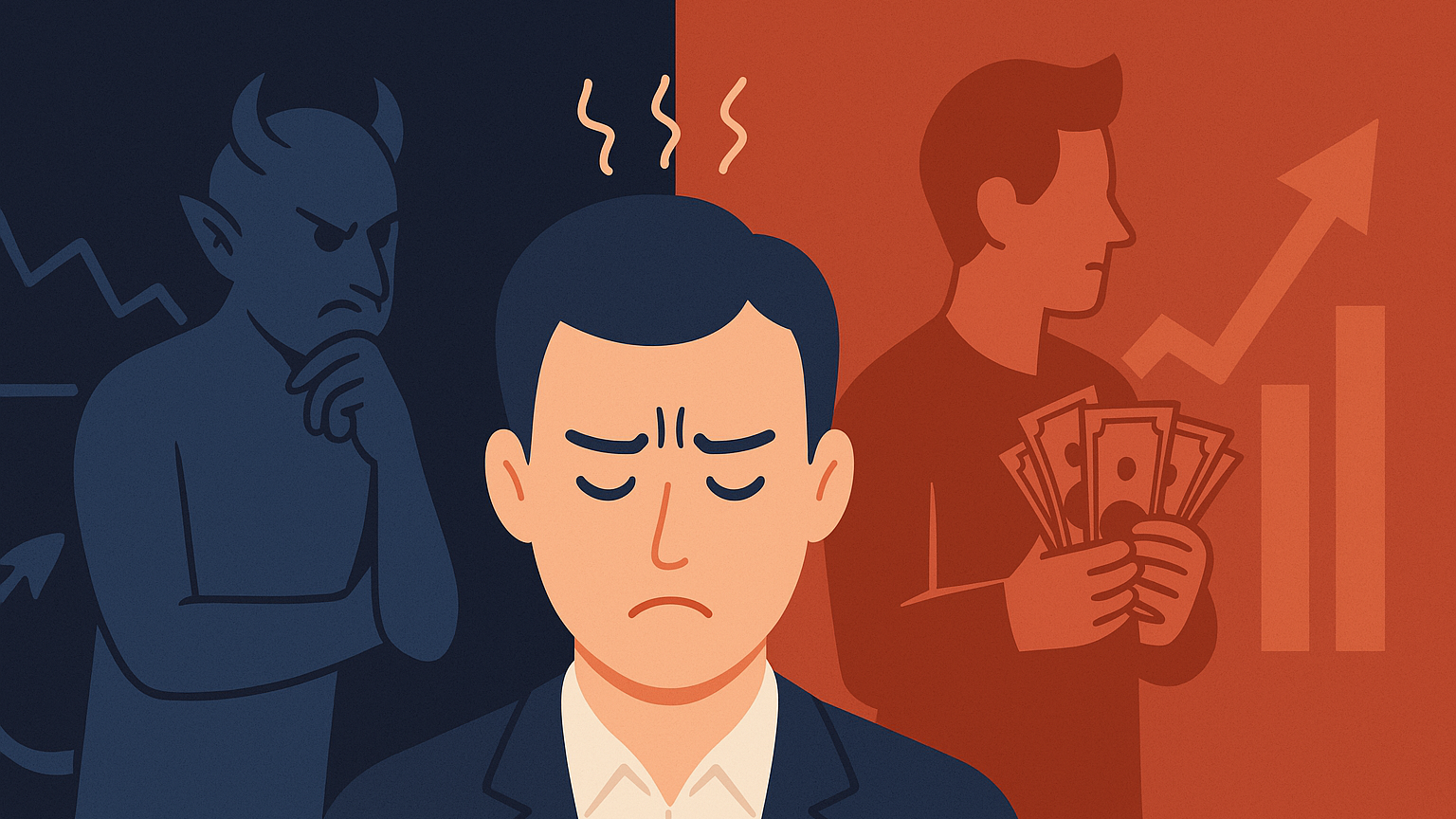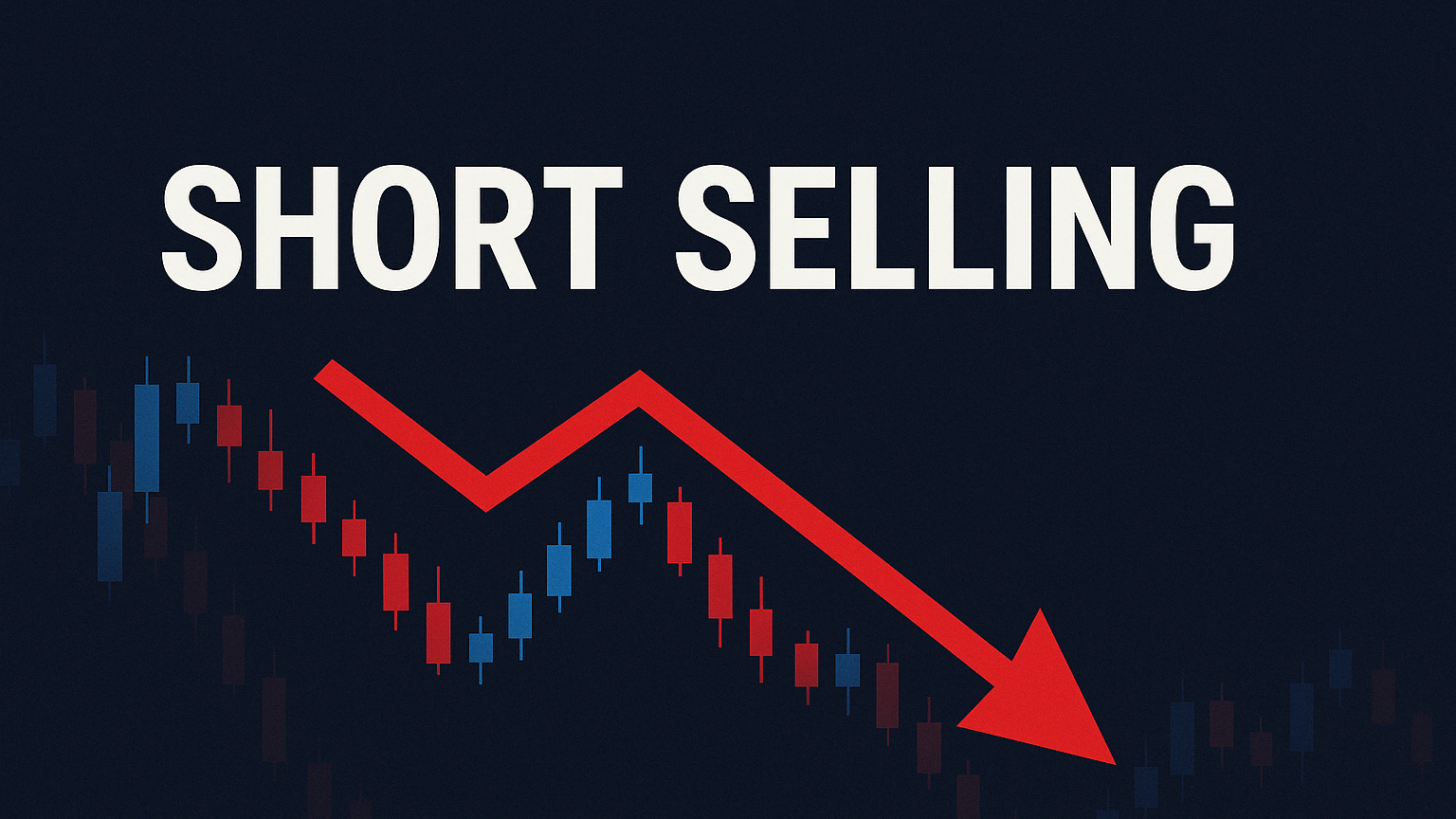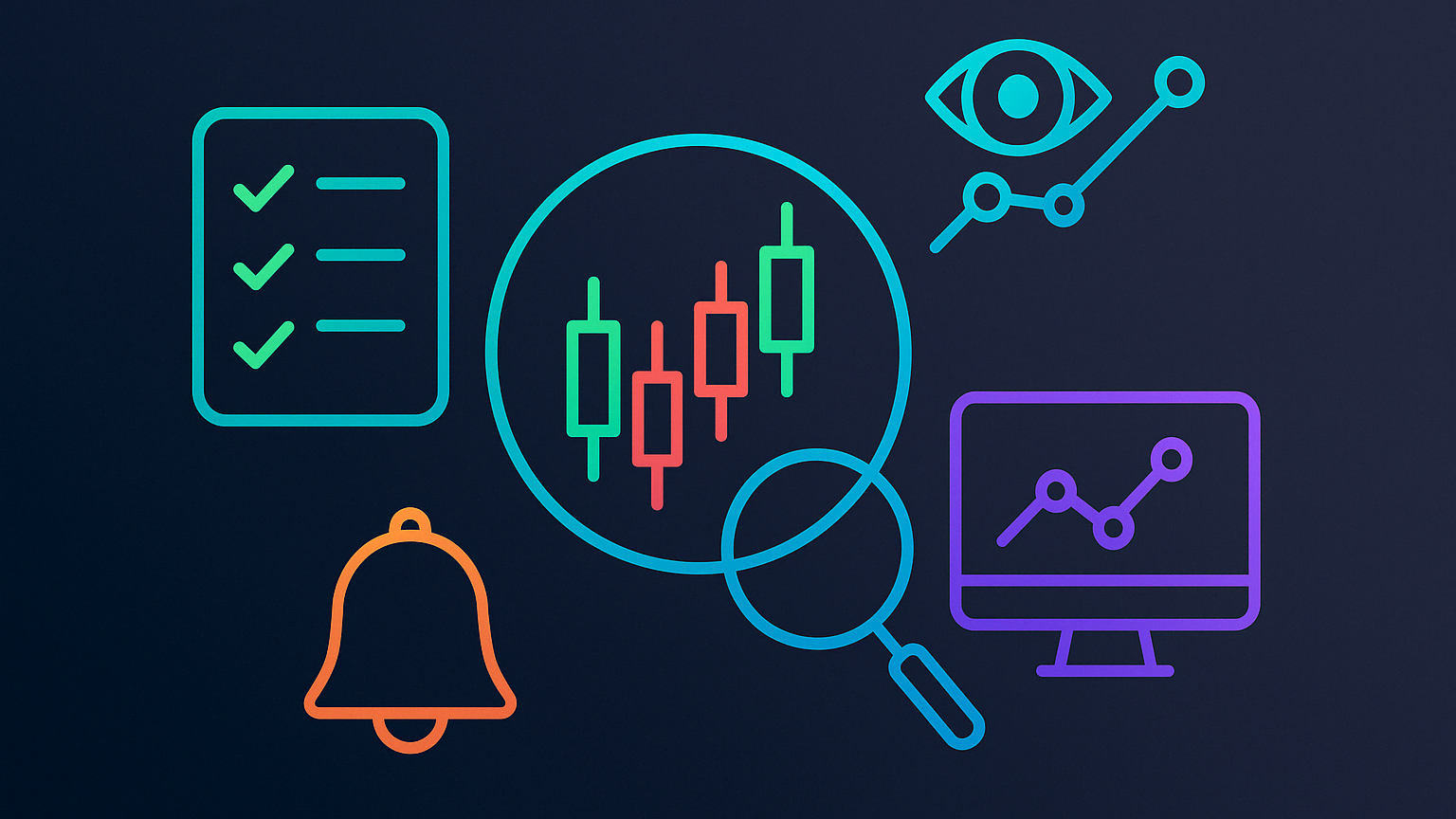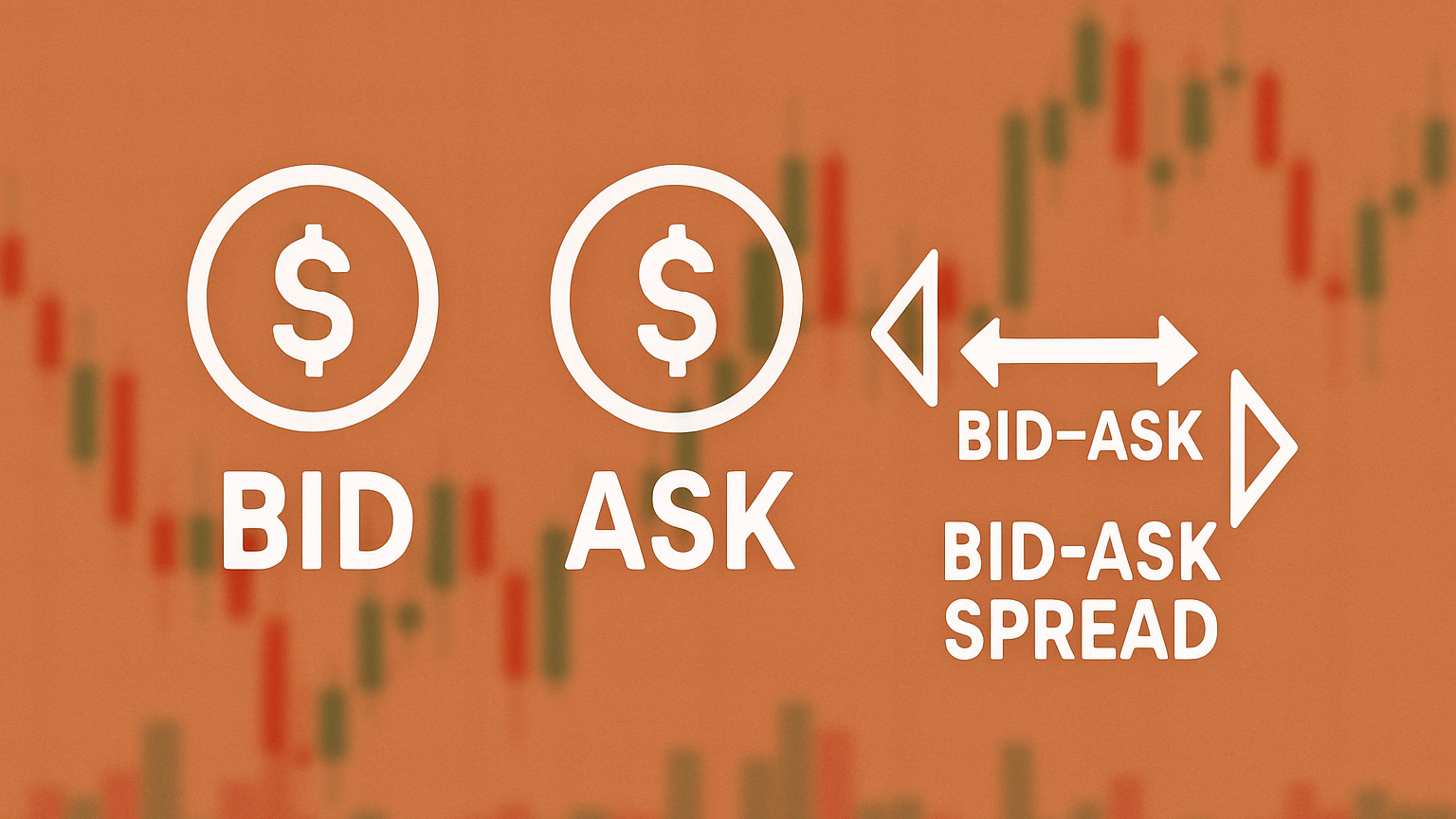Learn how to manage emotions in trading for better decision-making and increased profitability through structured strategies and tools.
Emotions like fear, greed, and overconfidence can ruin even the best trading strategies. To succeed, you need to replace emotional decisions with logical, data-driven ones. Here’s how:
- Common Emotional Mistakes: Fear leads to exiting too early, greed makes you hold too long, and overconfidence can cause you to ignore risks.
- Key Solutions:
- Use stop-loss orders to limit losses and reduce emotional reactions.
- Keep a trading journal to track emotional patterns and improve discipline.
- Stick to a written trading plan with clear entry, exit, and risk rules.
- Stress Management: Exercise, mindfulness, and proper rest can lower stress by up to 57% during market volatility.
- Tools to Stay Objective: Use AI-driven systems and trade tracking software to eliminate emotional biases.
Managing Fear & Greed In Trading
Finding Your Emotional Trading Patterns
Spotting your emotional trading habits is essential if you want to shift from impulsive decisions to logical, well-thought-out trades.
3 Main Trading Emotions: Fear, Greed, and Overconfidence
These three emotions often drive trading decisions, and each comes with its own set of behaviors and warning signs. Recognizing them can help you stay in control:
| Emotion | Behavior | Warning Signs |
|---|---|---|
| Fear | Closing winning trades too soon, hesitating on solid setups | Constantly checking charts, scaling down positions unnecessarily |
| Greed | Ignoring stop-losses, doubling down on losses | Breaking position size rules, chasing trades |
| Overconfidence | Taking large risks, skipping proper analysis | Skipping trade plans, using excessive leverage |
By documenting these patterns, you can start to understand and manage your emotional responses more effectively.
How to Track Your Trading Emotions
A detailed trading journal is your best tool for tracking emotions. Go beyond recording just entry and exit points - rate your emotional state on a scale from 1 (calm) to 10 (overwhelmed) .
"Understanding yourself is synonymous with understanding the markets because as a trader you are part of the collective force that moves prices. How could you begin to understand the dynamics of group behaviour well enough to extract money from the group, as a result of their behaviour, if you don't understand the inner forces that affect your own?" - Mark Douglas
For example, if you skip a short trade during a crude oil downtrend because of a recent loss, record that fear. Over time, these notes will highlight patterns you can address .
Using Data to Find Emotional Trading
Studies show that traders who stick to stop-loss orders reduce emotional reactions by 65% during market downturns . Here are a few techniques to help:
-
Daily Emotion Check
Use a structured journal to log market conditions, trade details, and your emotional responses. -
Performance Analysis
Compare your emotional ratings with trade results. Research suggests traders who analyze emotions alongside long-term trends see a 23% increase in profitability . -
Verbal Confirmation
Before entering a trade, say your analysis out loud. This helps activate logical thinking and exposes emotional biases .
These steps can bring clarity and discipline to your trading, helping you make better decisions over time.
5 Ways to Control Trading Emotions
Trading effectively requires keeping your emotions in check. Studies reveal that 73% of active traders show signs of stress during market volatility . Here are practical strategies to help you avoid emotional decision-making.
Writing Your Trading Rules
Having a set of written trading rules can eliminate guesswork and help you make decisions based on logic rather than emotions. A well-thought-out trading plan should detail your actions for different market situations, ensuring you stick to your strategy even when emotions are high.
| Rule Component | What to Include | Why It Matters |
|---|---|---|
| Entry Criteria | Indicators, price levels, market conditions | Keeps impulsive trades in check |
| Exit Strategy | Profit targets, stop-loss levels, time-based exits | Prevents emotional exits |
| Position Sizing | Max position size, risk per trade percentage | Manages your risk exposure |
| Daily Limits | Loss caps, profit goals | Helps avoid overtrading |
Once you’ve established your rules, consider automating them. This ensures you stick to your plan, even when emotions start to take over.
Setting Automatic Trade Limits
Automated trade limits act as a safeguard for your trading account. Using tools like stop-loss orders, take-profit orders (with at least a 1:2 risk-reward ratio), and trailing stops can significantly improve risk management .
Here are some essential automated controls to consider:
- Stop-loss orders tailored to your risk tolerance
- Take-profit orders set at predefined levels
- Trailing stops to lock in gains during trends
- Position size limits to avoid overexposure
- Daily loss thresholds to cap potential losses
These tools help enforce discipline, even during volatile market conditions.
Stress Control Methods for Trading
Your physical and mental health plays a big role in trading success. Traders who adopt healthy habits report 57% lower cortisol levels during market turbulence .
Before trading: Spend 30 minutes exercising, practice deep breathing, and review your trading plan to reduce anxiety and improve focus .
While trading: Take short breaks to stretch and keep an eye on stress signals, like a rising heart rate.
After trading:
- Stick to a set schedule for trading hours.
- Step away from the markets with non-trading activities.
- Prioritize 7-8 hours of quality sleep .
Keeping your body and mind calm helps you make logical, data-driven decisions rather than emotionally charged ones.
Tools That Help Remove Trading Emotions
Modern trading tools are designed to encourage discipline and objectivity, ensuring that decisions are based on data rather than emotions. Many of these tools go beyond simple tracking, integrating AI to help traders avoid emotional pitfalls.
How Trade Tracking Software Helps
Trade tracking software offers detailed insights into your trading habits and performance. For instance, TradesViz, used by over 80,000 traders globally, provides over 600 statistics to help uncover patterns tied to emotional decision-making .
| Feature | Purpose | How It Helps with Emotions |
|---|---|---|
| Trade Journal | Logs reasons for entry/exit | Highlights emotional tendencies |
| Performance Analytics | Measures strategy success | Builds trust in data-backed plans |
| Risk Metrics | Tracks position sizing | Reduces risks from impulsive moves |
| Custom Dashboards | Visualizes key data | Encourages objective decisions |
"In terms of raw analytics, comparison, and filtering capabilities, there is no match for TradesViz" .
In addition to providing detailed analytics, AI-powered tools take emotional neutrality to the next level.
AI and Rules-Based Trading Systems
AI-driven trading systems stick to pre-set rules, ensuring decisions are consistent and data-driven. By analyzing market conditions without bias, these systems help traders avoid emotional pitfalls.
| Market Situation | AI Action | Emotional Advantage |
|---|---|---|
| High Volatility | Provides objective analysis | Prevents impulsive selling |
| Strong Trends | Identifies strategic entries | Avoids fear of missing out (FOMO) |
| Market Corrections | Sets automated stop-losses | Limits loss-related anxiety |
| Breaking News | Analyzes sentiment impact | Reduces reactive decision-making |
"Steve Burns of NewTraderU.com highlights that AI systems maintain objectivity, circumventing the reactive pitfalls that can plague human decision-making" .
These systems work best when paired with thorough strategy testing to build confidence.
Testing Strategies Before Trading
Backtesting tools let traders test their strategies using historical data, helping them refine their approach and gain confidence before trading with real money . Tools like those offered by TradeSmith demonstrate the effectiveness of this method, with one achieving an impressive 95% win rate .
"TradesViz helps me 'set it and forget it'. It takes the emotions out of trading so I don't have to think about it every day" .
Key elements of strategy testing include:
- Using realistic assumptions like transaction costs and slippage.
- Testing strategies across different market conditions.
- Continuously fine-tuning based on test results.
These tools and techniques work together to create a more disciplined, data-focused trading experience.
Developing Strong Trading Habits
Build effective trading habits by focusing on mental readiness, ongoing education, and connecting with others in the trading community. Successful traders rely on routines that keep their emotions in check, even when markets are unpredictable.
Daily Trading Preparation Steps
Having a structured routine helps traders stay objective and avoid emotional decisions. A regular schedule that includes market analysis, trade planning, position tracking, and performance reviews can improve risk management and decision-making. Here's an example:
| Time | Activity | Purpose |
|---|---|---|
| Pre-Market | Market overview and news check | Spot potential market movers |
| Morning | Strategy review and trade setup | Set clear entry and exit points |
| Mid-Day | Position tracking and journaling | Monitor emotions and spot patterns |
| Post-Market | Review and refine performance | Prepare better strategies for tomorrow |
This routine creates a system for consistent evaluation and improvement in trading practices.
Learning from Trading Mistakes
Use your trading journal to reflect on any mistakes made during the day. Identifying patterns in errors allows you to tweak your strategies and trading rules. Regular reviews of your performance help you grow as a trader and avoid repeating the same missteps.
Getting Help from Other Traders
Connect with other traders to gain support and stay accountable. Group discussions can provide valuable feedback, coaching, and new strategies. Many seasoned traders emphasize the benefits of joining communities that prioritize a disciplined, process-focused approach over chasing quick profits.
Conclusion: Steps to Better Trading Control
Main Points Review
Managing emotions is crucial in trading, and this begins with structured risk management and reliable strategies. Studies indicate that using organized risk management can help minimize emotional decisions . Focus on strategies like setting clear stop-loss orders, keeping a detailed trading journal, and practicing mindfulness during trading hours.
| Element | Purpose | Implementation |
|---|---|---|
| Trading Plan | Set risk boundaries | Define position sizes and loss limits in advance |
| Emotional Tracking | Recognize patterns | Log emotions and decisions in a trading journal |
| Risk Management | Safeguard investments | Use stop-loss orders and manage position sizes |
| Mental Training | Stay focused | Practice mindfulness and stress-relief techniques |
These tools can help you make more calculated decisions in your trading journey.
Next Steps for Traders
Strengthen your emotional discipline with these actionable tips:
- Keep a trading journal to track your decisions and the emotions tied to them.
- Apply risk management strategies, like stop-loss orders, to protect your investments.
- Add mindfulness practices to your routine to improve focus and reduce stress.
- Connect with experienced traders or join trading communities for support and accountability.
"There is nothing new in Wall Street. There can't be because speculation is as old as the hills. Whatever happens in the stock market today has happened before and will happen again."
Building emotional control takes time and practice. Focus on forming consistent habits and adapting your approach to make more logical and informed trading decisions.






